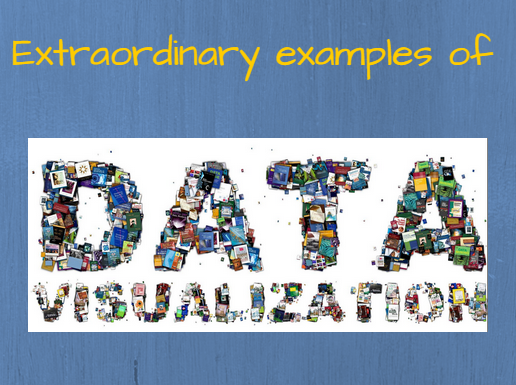Tag: visualization data

Visualization: 8 Extraordinary Examples of Data Graphics
What we see … depends on what we look for. Do you have an interest in data visualization design? A critically important skill these days, and quickly growing in importance. Here is an interesting quote from Google chief economist, Hal Varian: The ability to take data – to be able to understand it, to process it,…